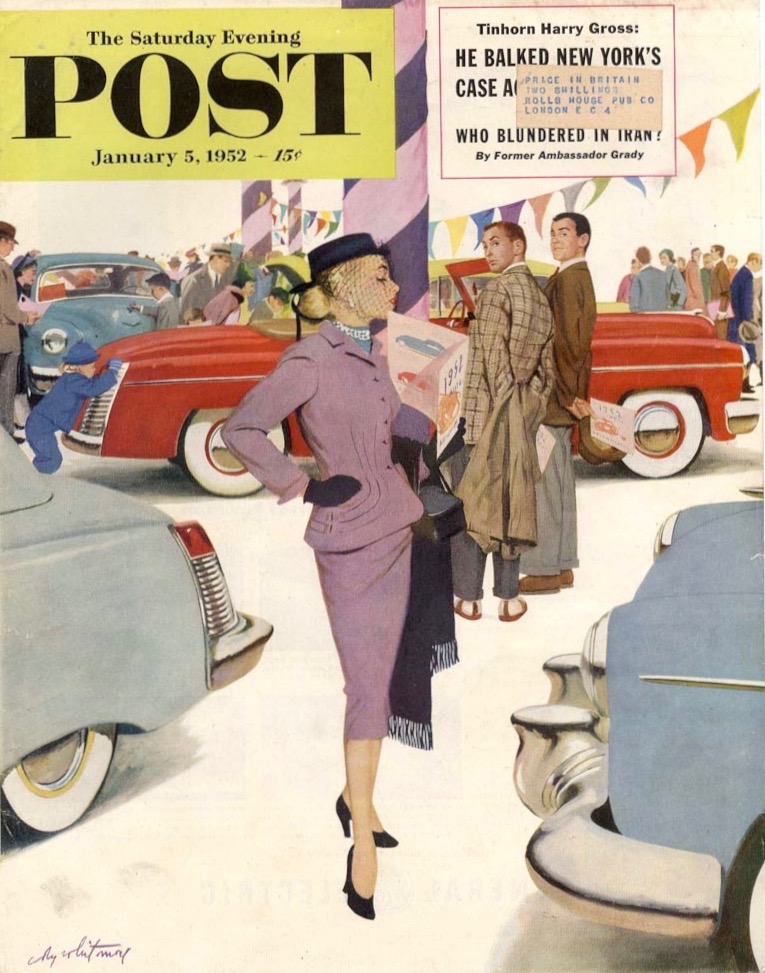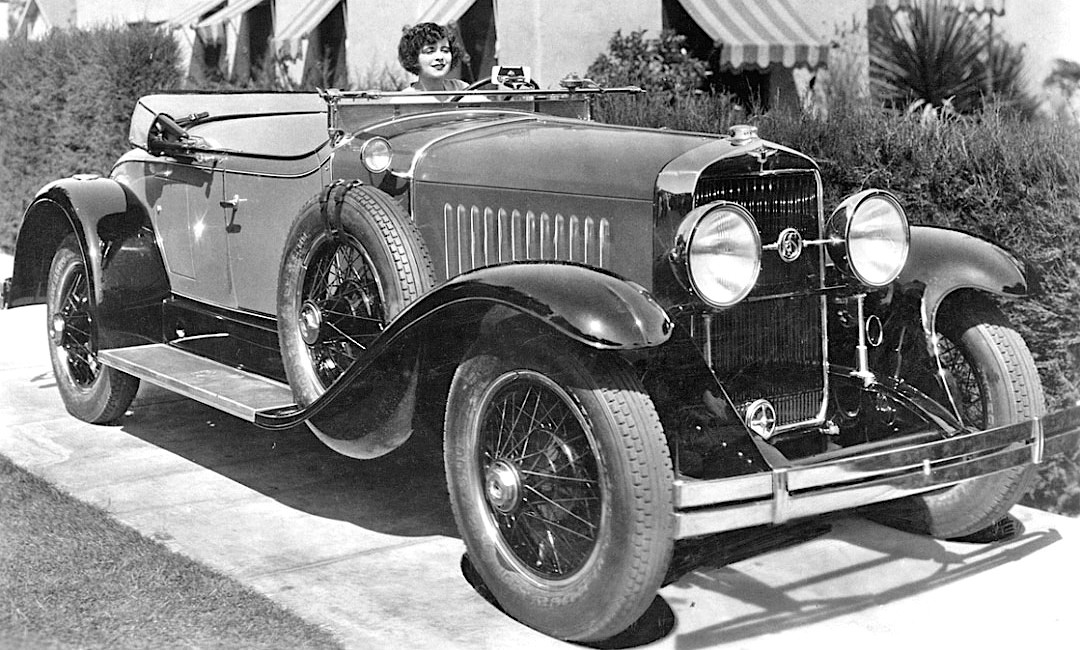Aerodynamic refinement was in the mid-1930s automotive air. The most famous such body design from that era is the Chrysler Airflow of 1934. There also was the Tatra 77 of 1934 (wind tunnel tested), then came the Volvo PV 36 Carioca of 1935 (I'm not sure if it was wind tunnel tested), the Fiat 1500 of 1936 (tested), the 1936 Peugeot 402 (probably not tested), and the Lancia Aprilia, Wikipedia entry
here.
In addition to many custom-bodied Aprilias there were two factory body versions: first series 1937-1939, second series 1939-1949. The differences were mostly mechanical.
The Wikipedia entry as of the time this post was drafted states that the Aprilia was "...one of the first designed using wind tunnel in collaboration with Battista Farina and Politecnico di Torino, achieving a record low drag coefficient of 0.47. The
berlinetta aerodinamica was first shown in 1936."
Regarding the wind tunnel testing, the Italian Wikipedia (
here) mentions:
"Quanto alla carrozzeria, ricerche effettuate in collaborazione con il Politecnico di Torino portano a concludere che la forma della coda riveste una particolare importanza aerodinamica: la linea della vettura, quindi, segue alla lettera queste indicazioni al punto che, quando Vincenzo [Lancia] vede il "mascherone" in legno della carrozzeria, trova esagerato il raggio di raccordo tra tetto e fiancata, e lo fa subito ridurre. Alla fine, il coefficiente aerodinamico risulta di appena 0,47 Cx, un record per l'epoca, se si esclude la Tatra T87 del 1936, che aveva un cx di 0.36 (e corrispondente, grosso modo, a quello di una Renault 5 o della prima Volkswagen Golf o di una Alfa Romeo Giulietta della serie degli anni ottanta).
La scocca dell'Aprilia, carrozzeria compresa, viene brevettata - come consuetudine Lancia - il 9 gennaio del 1936."
No mention is made of Farina.
"A total of 20,082 cars and 7,554 additional chassis for coach built bodies were produced in Turin along with about 700 in France," according to the English entry above. The French Wikipedia entry has it that "Les ventes entre 1937 et l'arrêt de la fabrication pour cause de guerre ont atteint les 1.620 exemplaires seulement ; 1.500 berlines et 120 châssis" for the Lancia Ardennes (the name used in France).
The French Wikipedia also notes, regarding the Aprilia main Italian competitor: "Les deux modèles, Lancia Aprilia et Fiat 1500, seront commercialisés jusqu'au printemps 1950, date à laquelle les deux marques les remplaceront par la Lancia Aurelia et la Fiat 1400. La Fiat 1500 sera produite en 47 000 exemplaires tandis que la Lancia Aprilia atteindra les 28 000." So the larger, stronger Fiat firm had somewhat more success with its early wind tunnel tested car.
Here are some images of Aprilias whose factory design remained virtually unchanged over its production run.
Gallery
A 1937 Lancia Aprilia for sale in the UK.
Dimension diagram for the 1937 Aprilia.
Two more images of the car in the first photo. The body to the fore of the cowling doesn't seem particularly streamlined. Apparently wind tunnel resting had the most impact abaft of that point. The ridge running along the center of the top and across the rear windows to the license plate frame is probably a styling affectation -- but a nice touch.
Two for-sale views of a 1939 (second series) Aprilia. The main changes from the 1937 car that I notice are the running boards and the tail light arrangement.
RM Sotheby's auction photo of a 1949 Aprilia -- the last model year. Still the same design.
























































